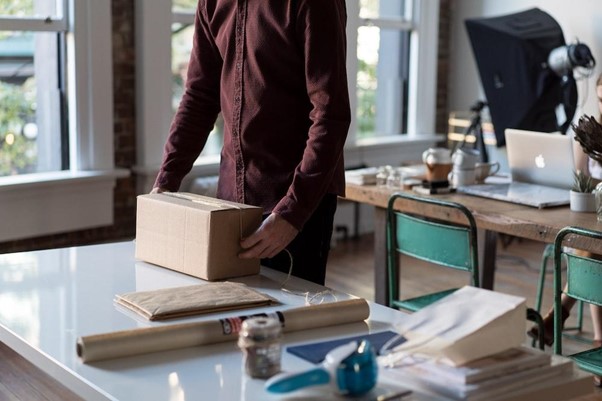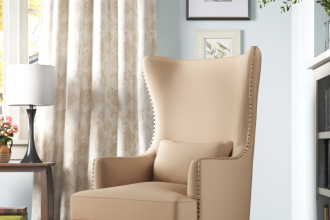Moving is like having a tooth pulled. It’s not always a fun experience, but it is sometimes necessary and cannot be avoided. Luckily, you can make things easier and prepare ahead of time to make the process as smooth as possible.
Get Ready for the Move
During a relocation, many things may go wrong. With all of the moving elements and complexities, there is no one-size-fits-all handbook with suggestions for every circumstance that might arise throughout the moving process. But sticking to some basic tips will come in handy. Alternatively, you can always turn to elatemoving.com for help and have your relocation done by professional movers who know all the pitfalls of the process. In the meantime, we have some tricks that will help you pack your most fragile items properly.
Tip 1 — Use Boxes of the Right Size
A typical complaint of professional movers is related to large boxes being filled with heavy stuff. Using boxes of the right size is important for several reasons:
- Efficient packing — Using appropriately sized boxes helps you make the most of the available space in your moving truck or van, ensuring that your belongings are packed securely and efficiently.
- Cost-effective — Purchasing boxes in the right size reduces the need for additional boxes or packaging materials, which can save you money on moving expenses.
- Environmentally friendly – This approach helps minimize the use of materials and promotes a more sustainable moving process.
- Strength and durability — Using boxes with the right dimensions ensures that they can withstand the weight and size of your items, preventing damage during the move.
Pack books and other heavy items in small boxes when moving; light items, such as pillows and linens, may go in larger ones.

Tip 2 — Put Heavier Items at the Bottom
If you’re loading the truck yourself, it is strongly recommended that you place the heaviest boxes in the front of the vehicle for balance. Thus, you can prevent damage to fragile items by ensuring that they are not crushed under the weight of heavier items. what’s more, placing heavier items at the bottom of boxes provides a stable base for the rest of the items in the box, reducing the risk of the box tipping over or collapsing.
Tip 3 — Do Not Leave Empty Spaces in Boxes
Boxes that are not filled up can crumple or collapse when stacked, leading to damage to the items inside. At the same time, empty spaces can cause items to shift during transit, leading to damage or breakage. To prevent these issues, it is important to fill all empty spaces in boxes with packing paper, bubble wrap, or other padding materials.
Tip 4 — Securely Tape the Boxes
Secure the contents of the box with proper taping. Using the appropriate tape, such as heavy-duty packing tape, ensures that the boxes remain intact and stable throughout the moving process. Additionally, taping the bottom of the box three times with heavy-duty packing tape and taping the top closed helps to provide extra reinforcement, making the boxes less likely to collapse or crush.
Tip 5 — Label Boxes
There are a few schools of thought when it comes to labeling moving boxes: write directly on the box what you’ve packed within it (e.g. “cutlery, pans, cups, plates box”), write what room the box is from (e.g. “kitchen”), or name the boxes with numbers and letters (e.g. “K1”). Labeling boxes with numbers and letters and then maintaining an itemized record of what’s in those boxes on your phone is the best technique. This is why the system works:
- It is simple to write a basic letter and number on a box. You may write it fast and on every side of the box, as opposed to writing out the whole contents of the box. That way, regardless of how the box is stacked, you can tell it’s K1.
- You can still see what’s in each box by maintaining a list of contents on your phone instead of writing it in Sharpie on the box. You can also quickly look through this list on your phone to find out in which box the target item is.
You can make a more manageable system by including both a letter and a number (for example, instead of having boxes #1-40, you might have boxes #1-5 for each room). This also gives you the ability to guide your movers. Because you may not pack an entire room in sequence, instead of telling them boxes 1, 3, 5, and 10 go to the kitchen, just tell them all of the K# boxes go to the kitchen.
Let’s Wrap up!
There are many things that can go wrong with the move. But you can reduce the risks by planning the move ahead of time and packing all your belongings properly. Stick to the above tricks, and the risks of the failure will be minimal.













